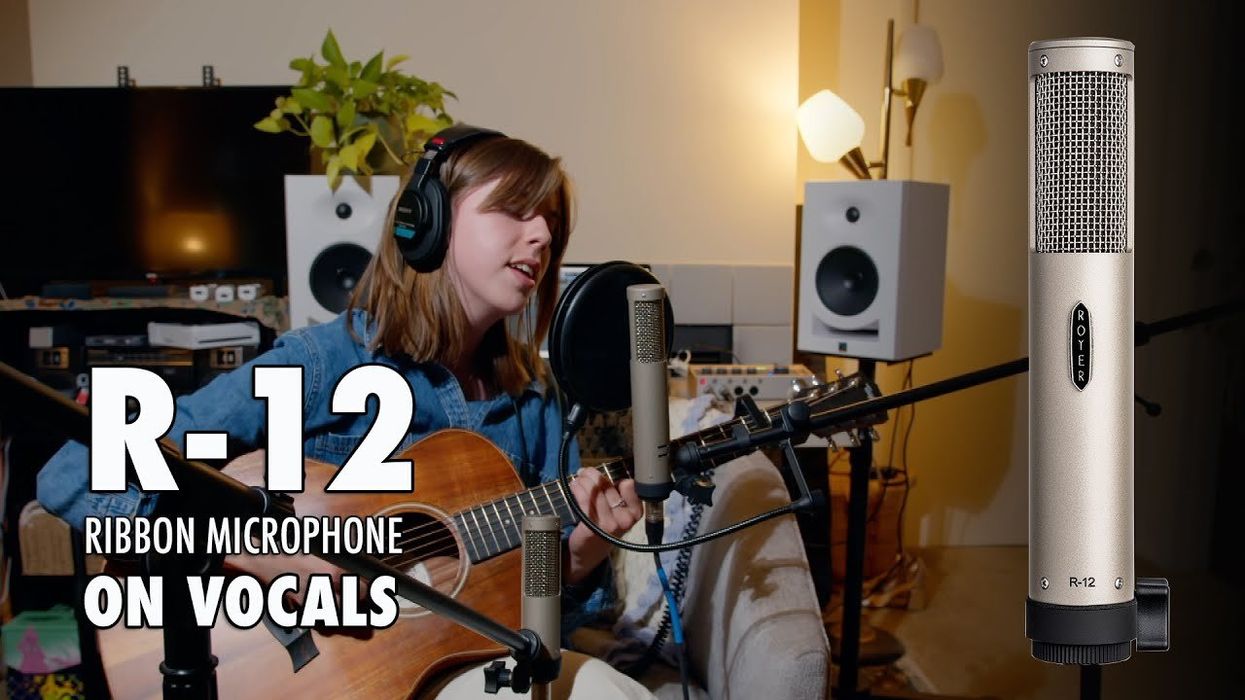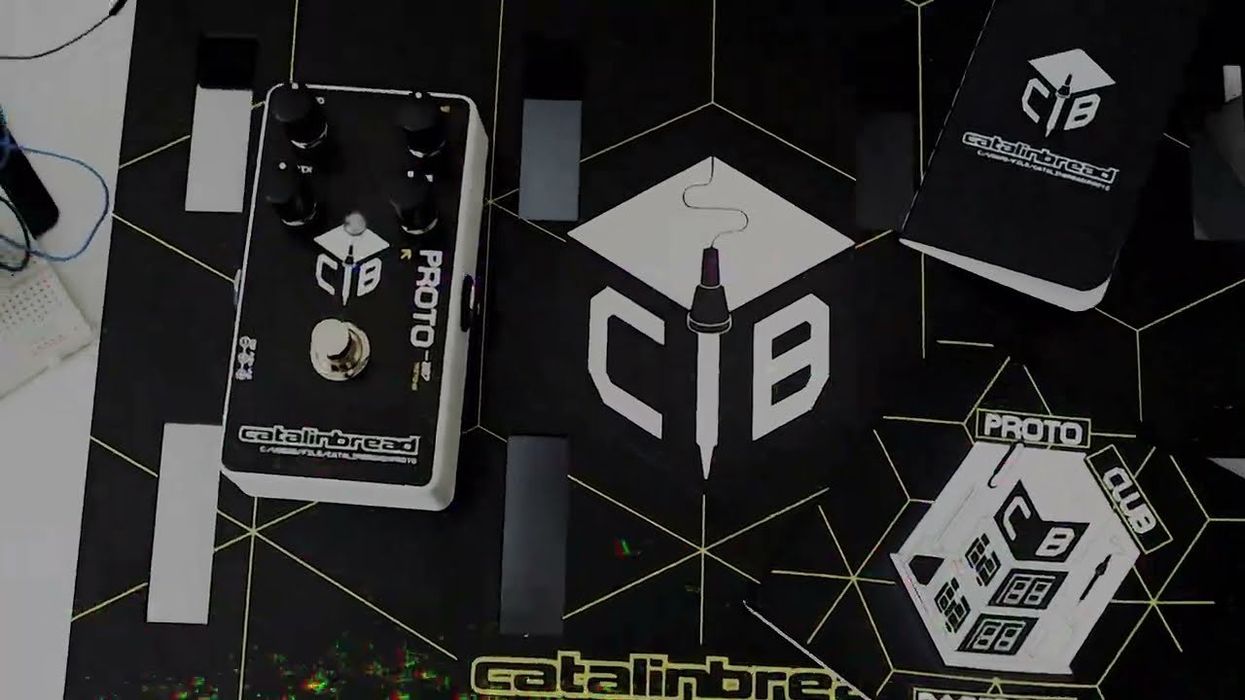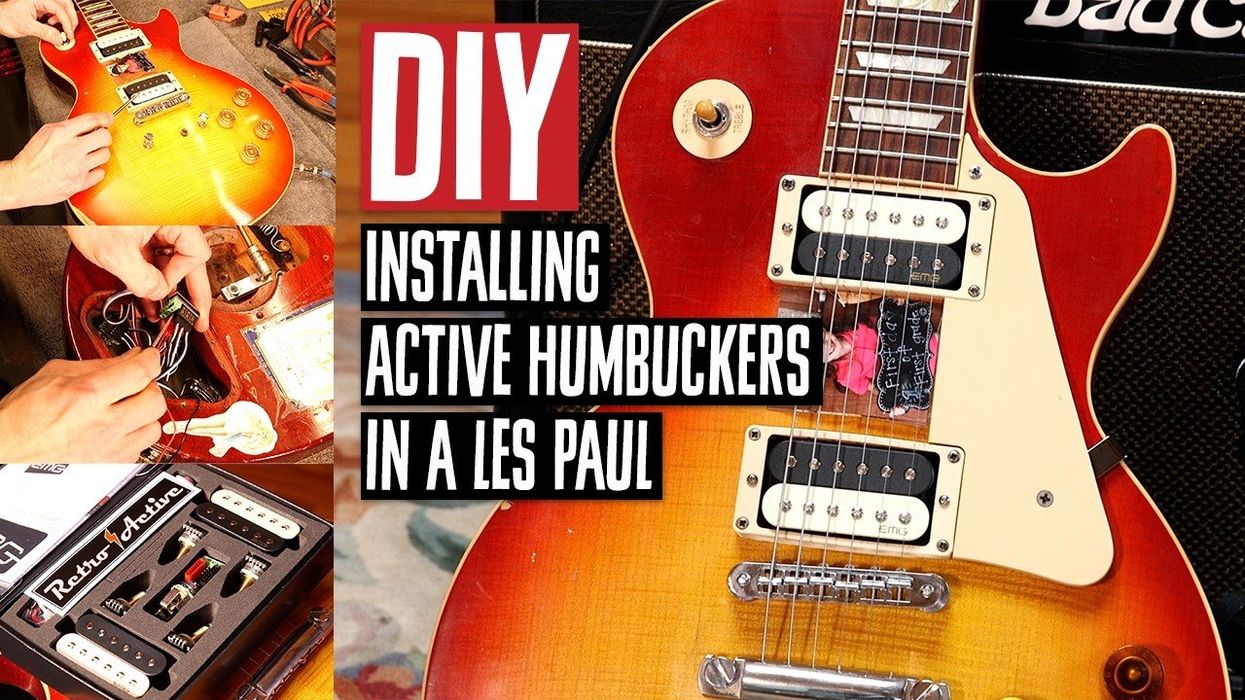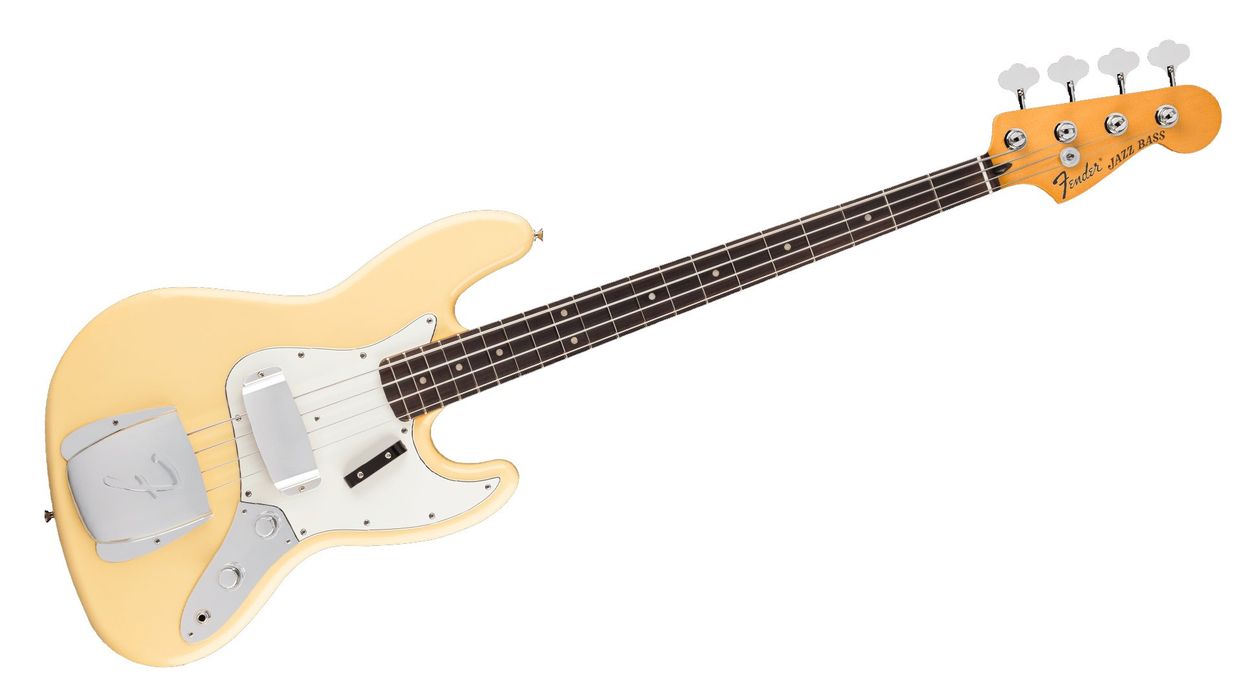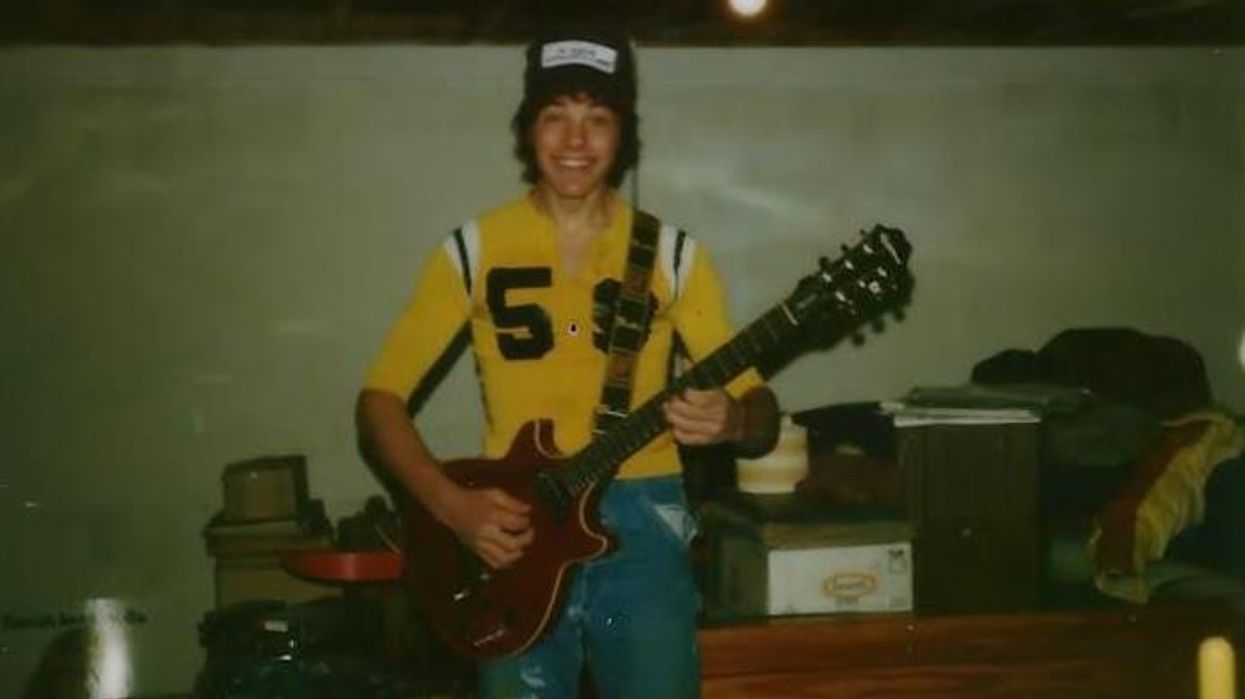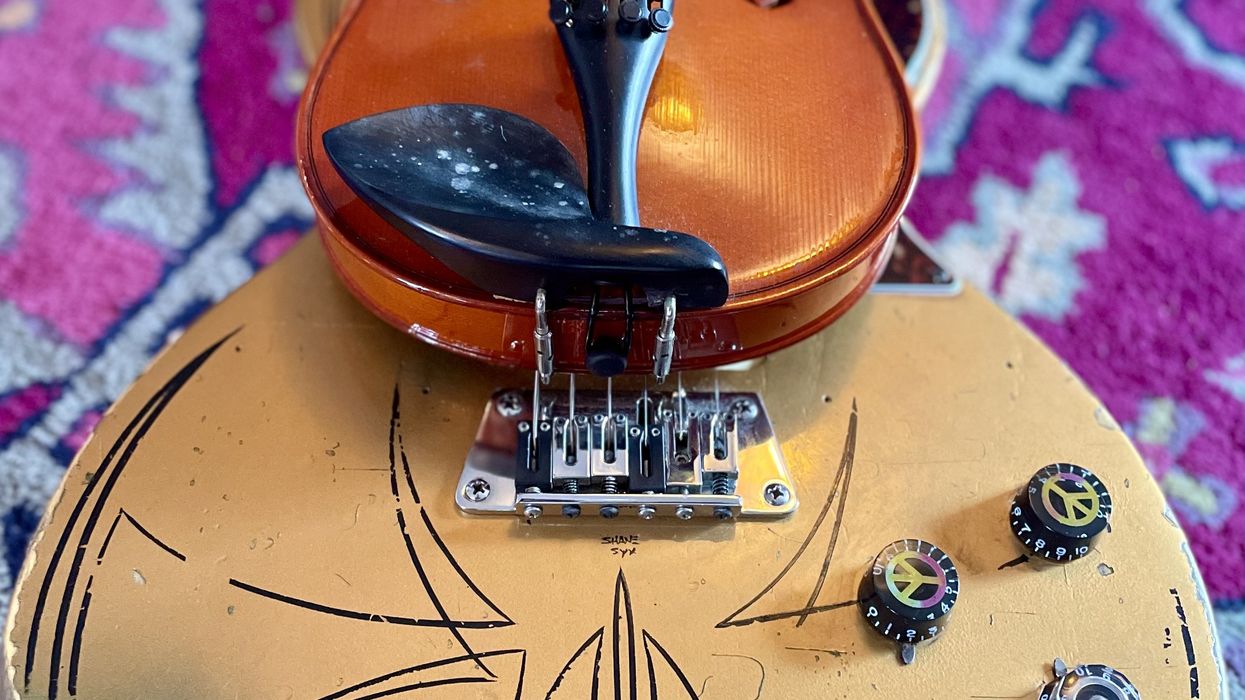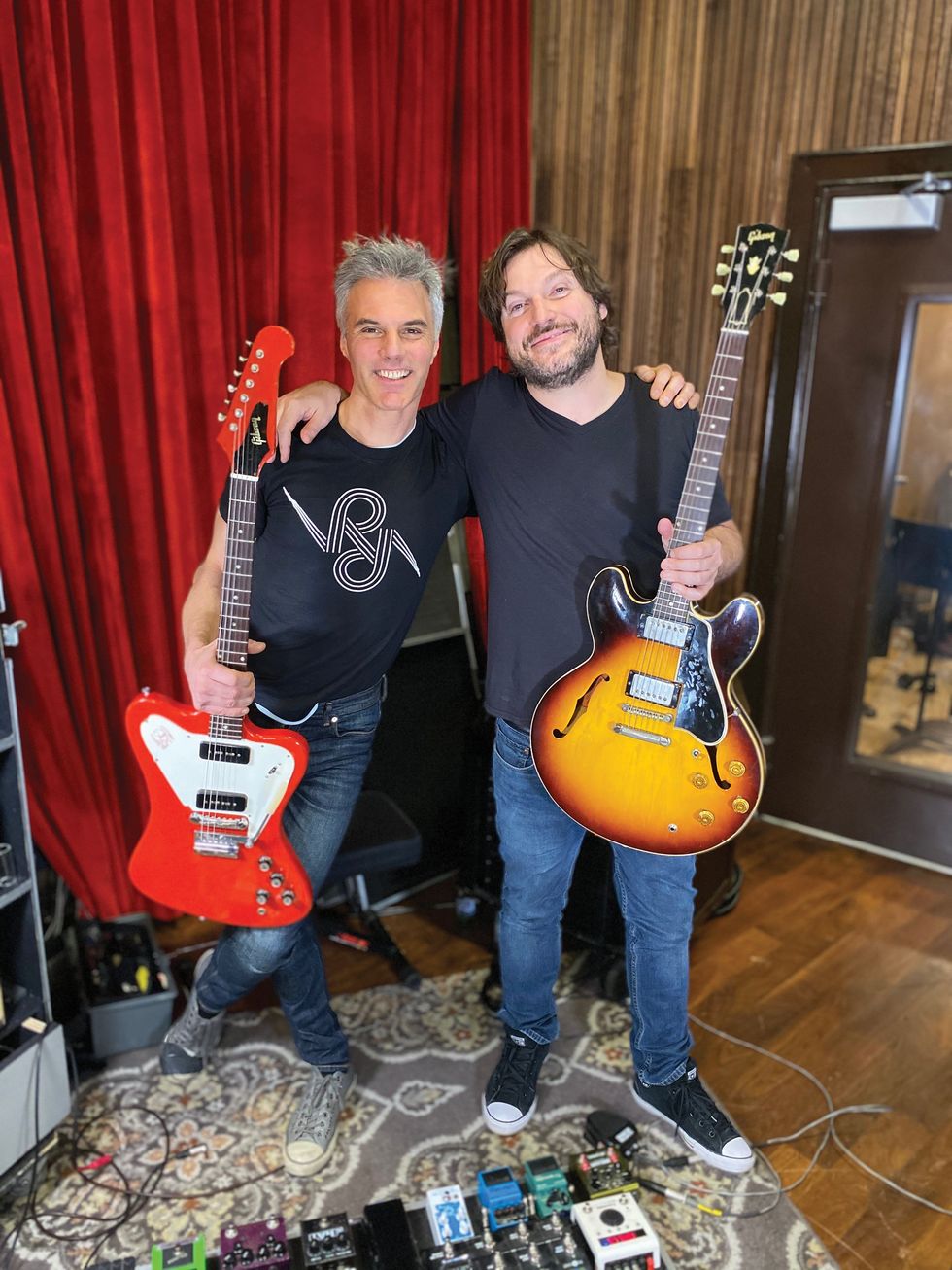Those of you who read my column know I am a fan of much of the current crop of Top 40 music. The frequent nods to the pop music of the ’80s that I grew up on and the warm, analog bass-synth sounds up front and center are a big reason for this. With that said, music today is getting increasingly “perfect.” Albums are recorded to a click with perfectly in-tune guitars (or guitar samples) and with vocals that sometimes sound inhuman because they are tuned so heavily.
We’re also seeing a countermovement to edited perfection happening in rock, where bands that sound very sloppy are actually purposely making lo-fi music for the sake of being retro. In my very personal opinion, this is more of a hipster fad than it is truly great, groundbreaking music.
What I enjoy most as a session musician is playing on contemporary productions that do have an undeniable professional tightness to them, but still retain enough real-life energy to make the music feel absolutely authentic. In an era when tracks sometimes get edited excessively, there are thankfully quite a few ways to make sure your bass tracks still sound human. Because there are a lot of great samples available for producers to keep costs down, it’s crucial that we bassists are able to give “life” to a track so we can compete with lower-cost options.
It’s no surprise that quite a few of the most successful session players on Earth have one thing in common (beyond making very, very few rhythmical errors): They know how to make a track less boring by infusing it with humanity. And this absolutely doesn’t mean adding fills or a lot of extra notes. Two brilliant examples of bassists who utilize simple tools to make their bass lines appearand feel simple—without necessarily being so—are Glenn Worf and Lee Sklar. Lee refers to his slides and slipping around the notes to inject the tracks with life as “schmutz,” which is German for dirt or filth. (I suppose “intentional imperfections” would be a more technical term for it.) If performing this magic was as simple as it sounds, we would all be at their level, but that doesn’t mean we can’t take a few pointers from these masters of simplicity and taste. Following is a small sampling of slides that will provide your playing a familiarity, a sense of fluidity, a touch of attitude, and, most definitely, schmutz.
for a track.
The up-and-down-quickly slide. This is exactly what it sounds like: a slide of an entire octave (or more) starting by the nut and going all the way up the neck and back down again. It injects a lot of attitude into a track and reminds you of a race car going by quickly. This is a real ear-bender and will totally take over a track for a brief moment. Because I am a rocker at heart, I find myself using this slide a lot.
The fast-drop slide. This is your basic slide when entering a song. Usually just a quarter-note in duration, this slide will signal to the band and listener that you are there and not a machine, but without the heavy “look at me” effect of the slide described above. This slide also works great between notes to give the entire song a more slippery, live feel. It might be the most useful tool in your competition with virtual bassists.
The slow-drop slide. This type of slide will instantly give off a warm and cozy feeling, and it’s absolutely a necessity when entering a ballad. A lot of ballads have no bass in the first verse, and when you enter in the first pre-chorus or on that pivotal first note of the actual chorus, a long slide will make everything sound more human. The execution is simple: Start an octave or a fifth above the note you want to end on, and slowly—over an entire measure or half a measure—make your way down to your ending note. This is especially efficient on fretless bass.
The neighboring-note slide. This is less dramatic than the aforementioned slides, but it’s perhaps the most common way to approach a note. Instead of performing an actual hammer-on or a pull-off from the neighboring note, you simply slide into the note casually from above or below to make the attack and timing less precise. To me, this is the easiest way to convince the ear of the listener that there really is a live bassistpresent.
I hope some of these tips help you achieve the level of schmutz you’re after, but don’t forget: Having a good, clean technique before you dirty it up always helps. You need to know the rules before you break them.


